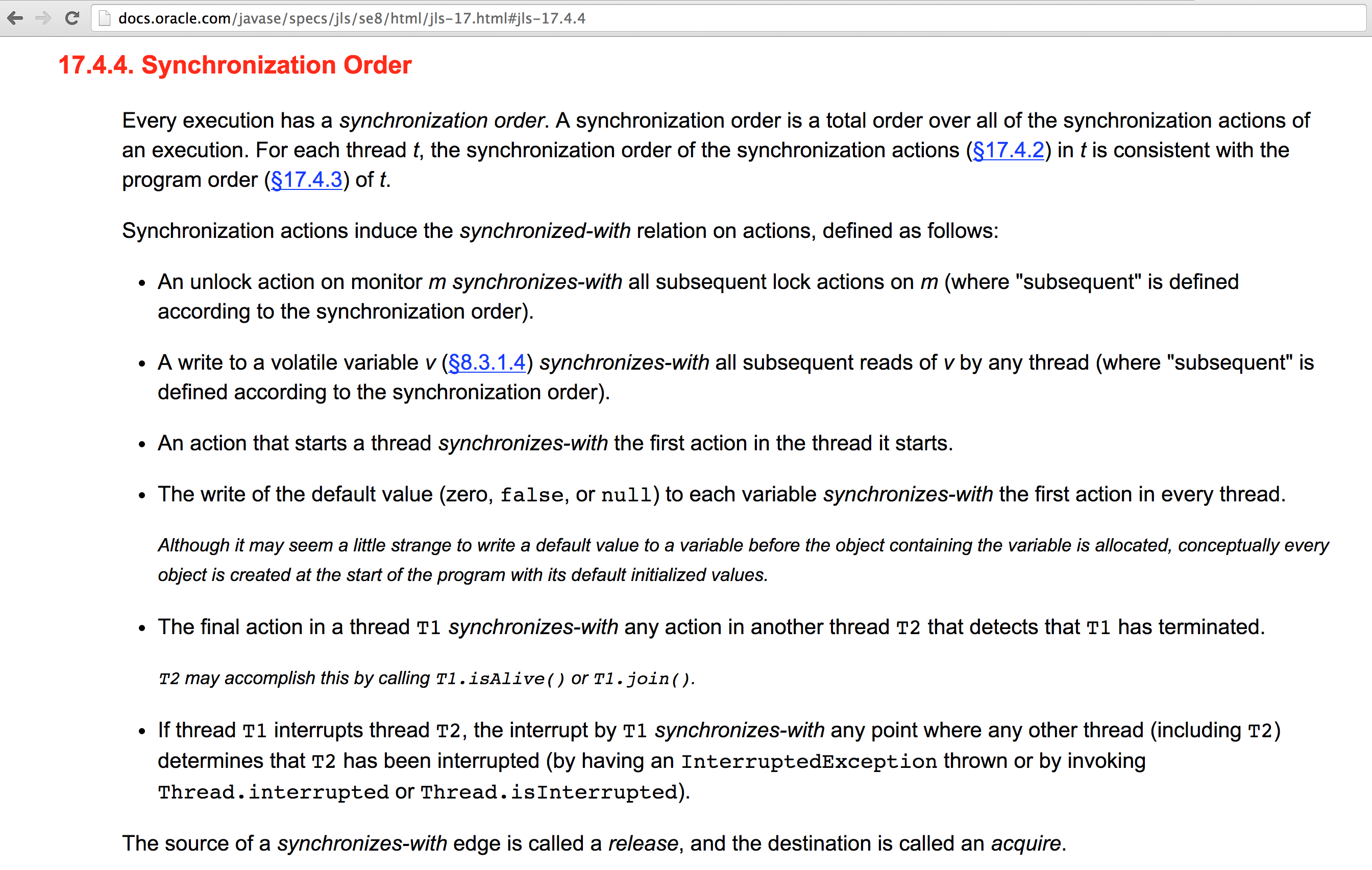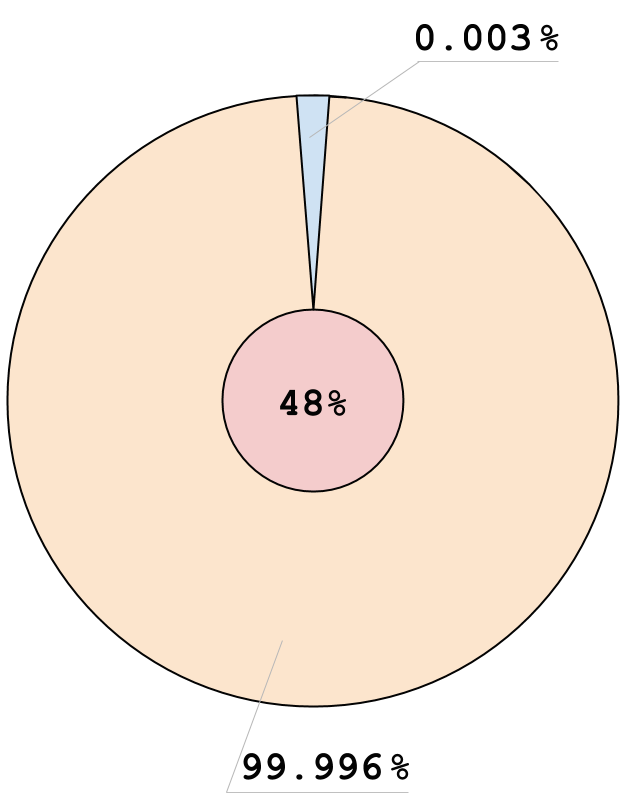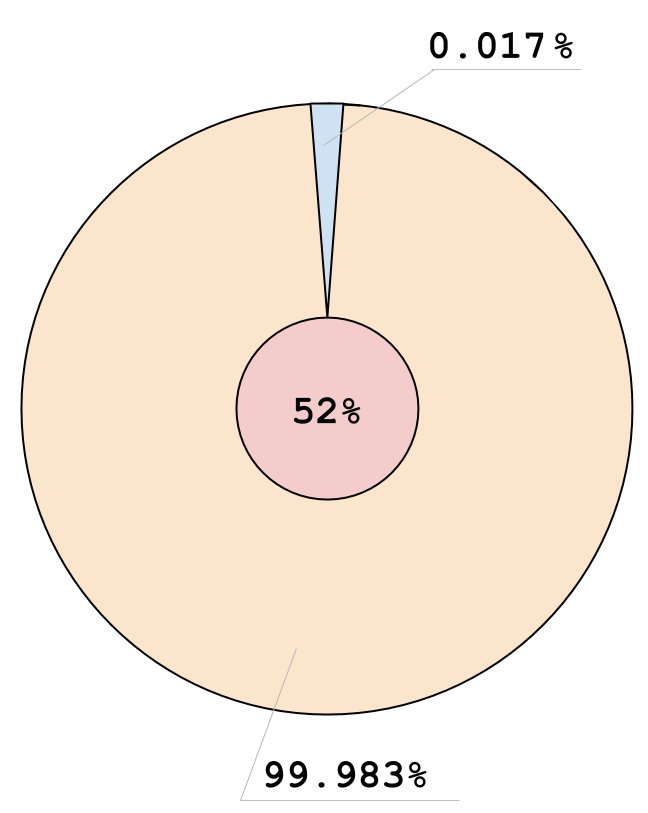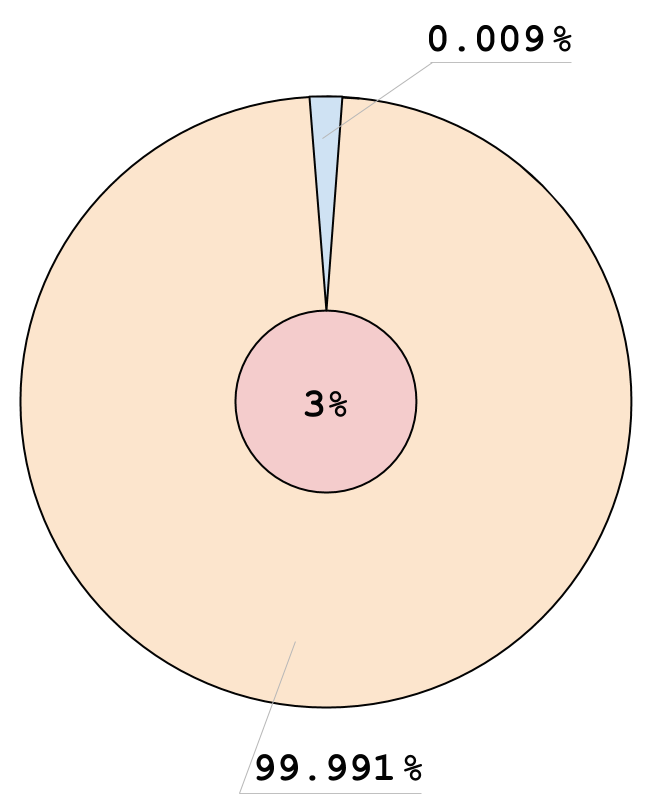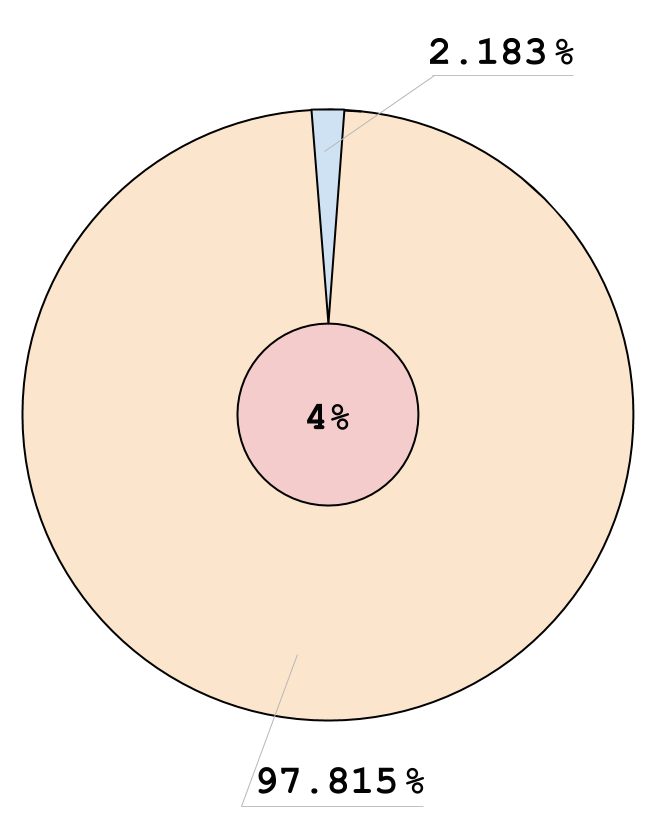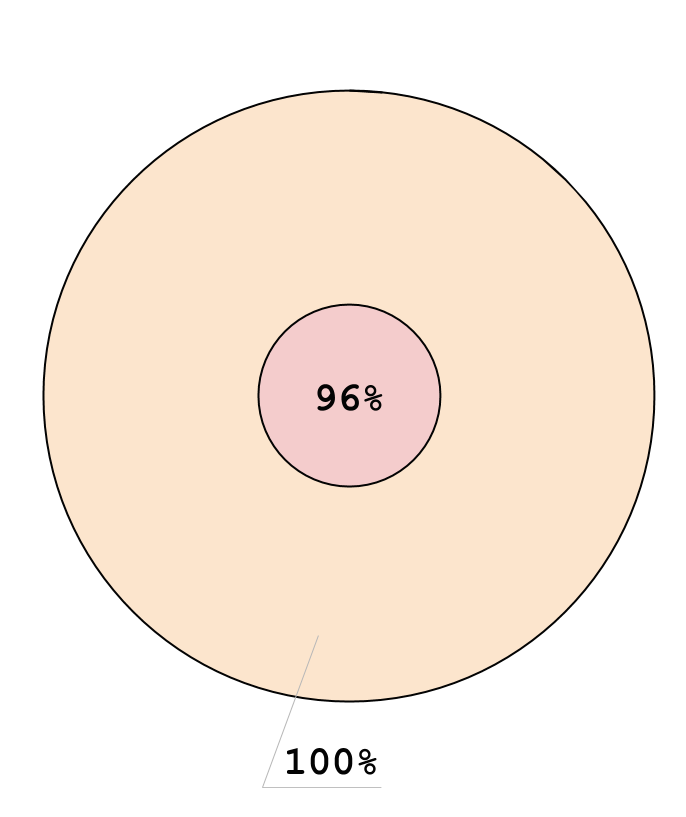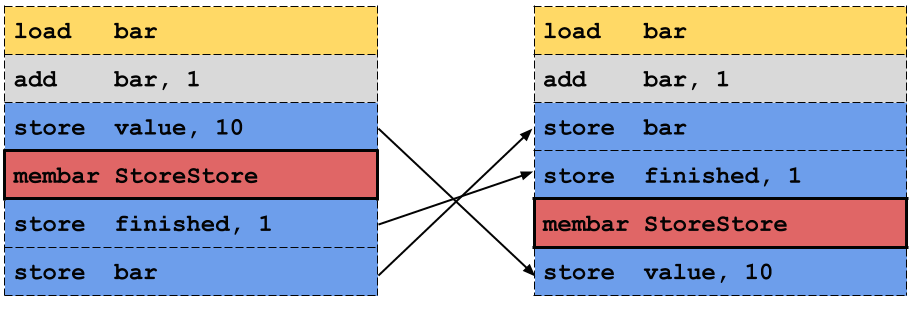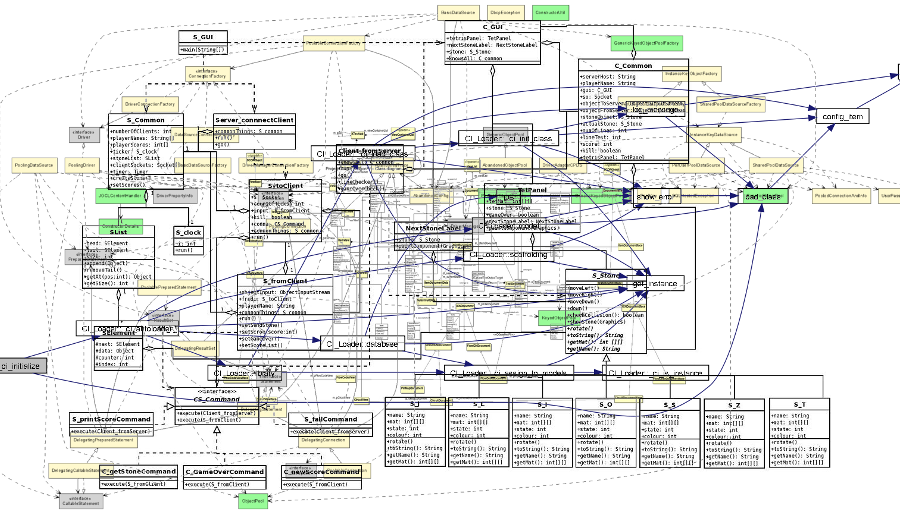Java Concurrency
Under The Hood
#volatile #membar #dragons #openjdk
#jmm #store #load #internals
#cachecoherency #omg
#javaone #jug
Where Did The Abstractions Leak To?
void executedOnCpu0() {
value = 10;
finished = true;
}
↓

↓

↓



| Variable | Cached Value |
|---|---|
finished |
false |
value |
N/A |

| Variable | Cached Value |
|---|---|
finished |
N/A |
value |
0 |
value = 10;
- — Invalidate this!
- ...
- ...
- — Done!
finished = true;
- Had to wait for a long time
- The CPU was stalled
- Optimization time!
value = 10;
→
(executed asynchronously)
finished = true;
→
(likewise)
(source)
→
javac
(bytecode)
→
Frontend
(HIR)
→
JIT Optimizer
(LIR)
→
Backend
(native code)
→
...
(???)
→
PROFIT!


